Eyewear in Extreme Sports: Protection and Performance
When it comes to extreme sports, protecting oneself while maintaining performance is crucial. The right eyewear can serve as a vital protective gear, guarding the eyes against potential hazards while enhancing visual clarity and focus. Whether it be skiing down treacherous slopes, riding through mountain bike trails, or even taking to the ocean to catch some waves, eyewear plays a crucial role in ensuring that athletes can perform at their best while staying safe.
One of the primary dangers in many extreme sports is the risk of eye injuries. Debris, such as dirt, rocks, and tree branches, can easily come into contact with the eyes and cause severe damage. Moreover, UV radiation, present in large quantities at high altitudes or reflective surfaces, such as snow or water, can increase the chances of eye-related diseases like cataracts and macular degeneration. Therefore, selecting eyewear that provides adequate protection against impact and harmful UV rays is essential.
In extreme sports, the speed of movement is often high, necessitating eyewear that can stay securely in place throughout intense physical activity. Traditional sunglasses may slide down, fog up, or even fall off, compromising the athlete’s performance and safety. This is where specialized eyewear for extreme sports comes into play. These eyewear options typically feature design innovations like non-slip nose pads, adjustable temple arms, and snug fits to ensure they stay in place, even during extreme movements.
Moreover, extreme sports typically require athletes to have optimal visual clarity and enhanced depth perception. For example, in downhill skiing, being able to accurately identify obstacles ahead is essential for navigating the slopes safely. Consequently, specialized eyewear often incorporates lens technologies that help reduce glare, improve contrast, and enhance visibility in different lighting conditions. Polarized lenses, for instance, can effectively block horizontal light waves, minimizing glare and providing better visual clarity, making them popular in sports like snowboarding and water sports.
Different extreme sports demand unique eyewear features to facilitate peak performance. For instance, snow goggles designed for downhill skiing or snowboarding have larger frames and spherical lenses to provide a broader field of vision, while also accommodating prescription glasses when necessary. On the other hand, sunglasses for mountain biking emphasize impact resistance and ventilation to handle rough terrain and varying speeds appropriately.
While functionality and protection are paramount in extreme sports eyewear, style is not forgotten. Athletes want to look good while pushing their limits, and eyewear manufacturers understand this demand. Thus, the market offers a wide array of designs, colors, and sleek aesthetics to cater to athletes’ style preferences, ensuring they can find eyewear that matches their personal taste.
In conclusion, eyewear plays a crucial role in both protecting athletes’ eyes and enhancing their performance in extreme sports. With the right eyewear, athletes can safeguard themselves against potential hazards, such as debris and harmful UV radiation, while enjoying optimal visual clarity, contrast, and depth perception. Specialized eyewear options are designed to stay secure during intense movements while providing the necessary visual support for specific extreme sports. Athletes should invest in eyewear that combines functionality, protection, and style to ensure a safe and rewarding experience in their chosen sporting activity.
